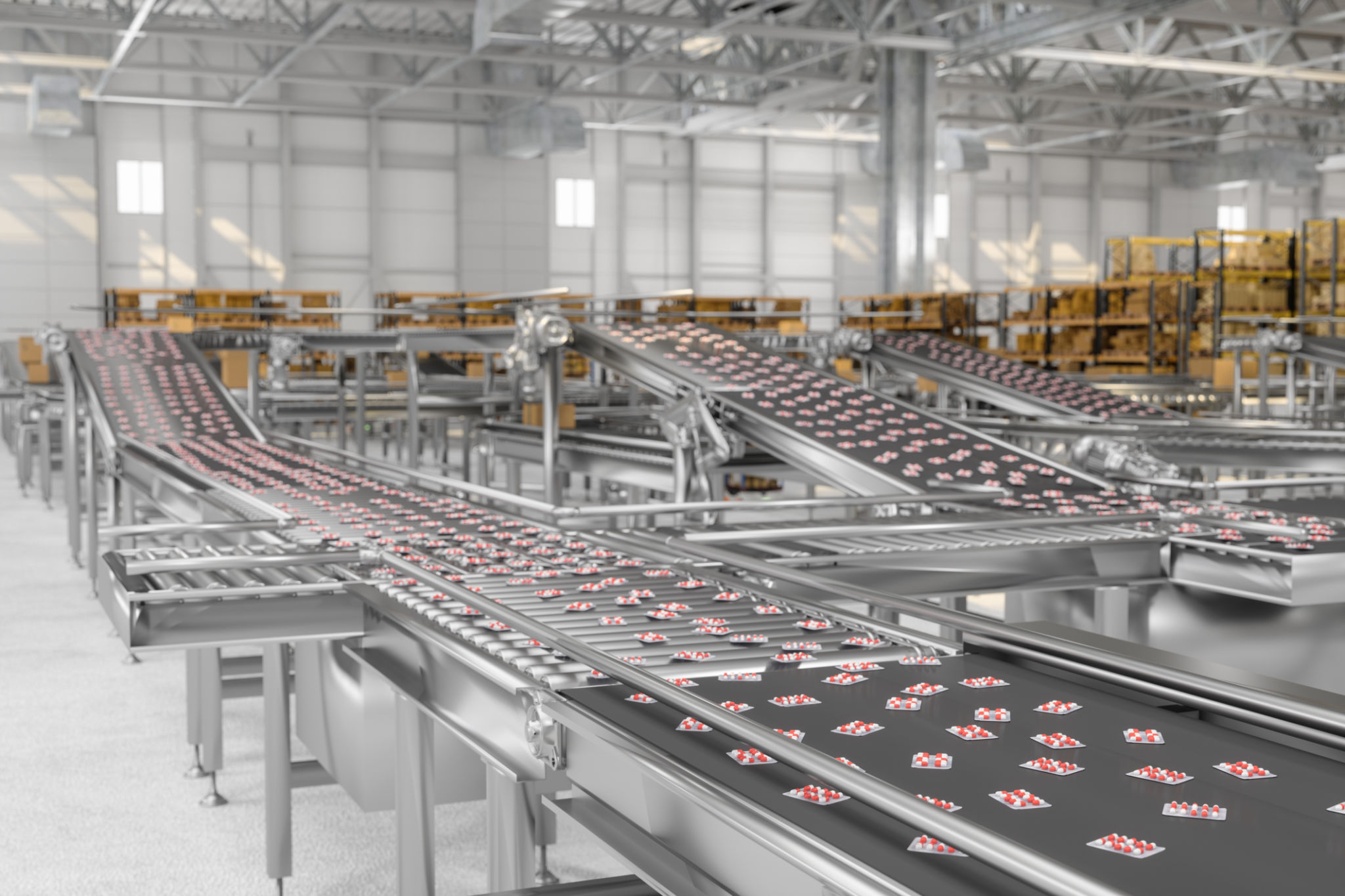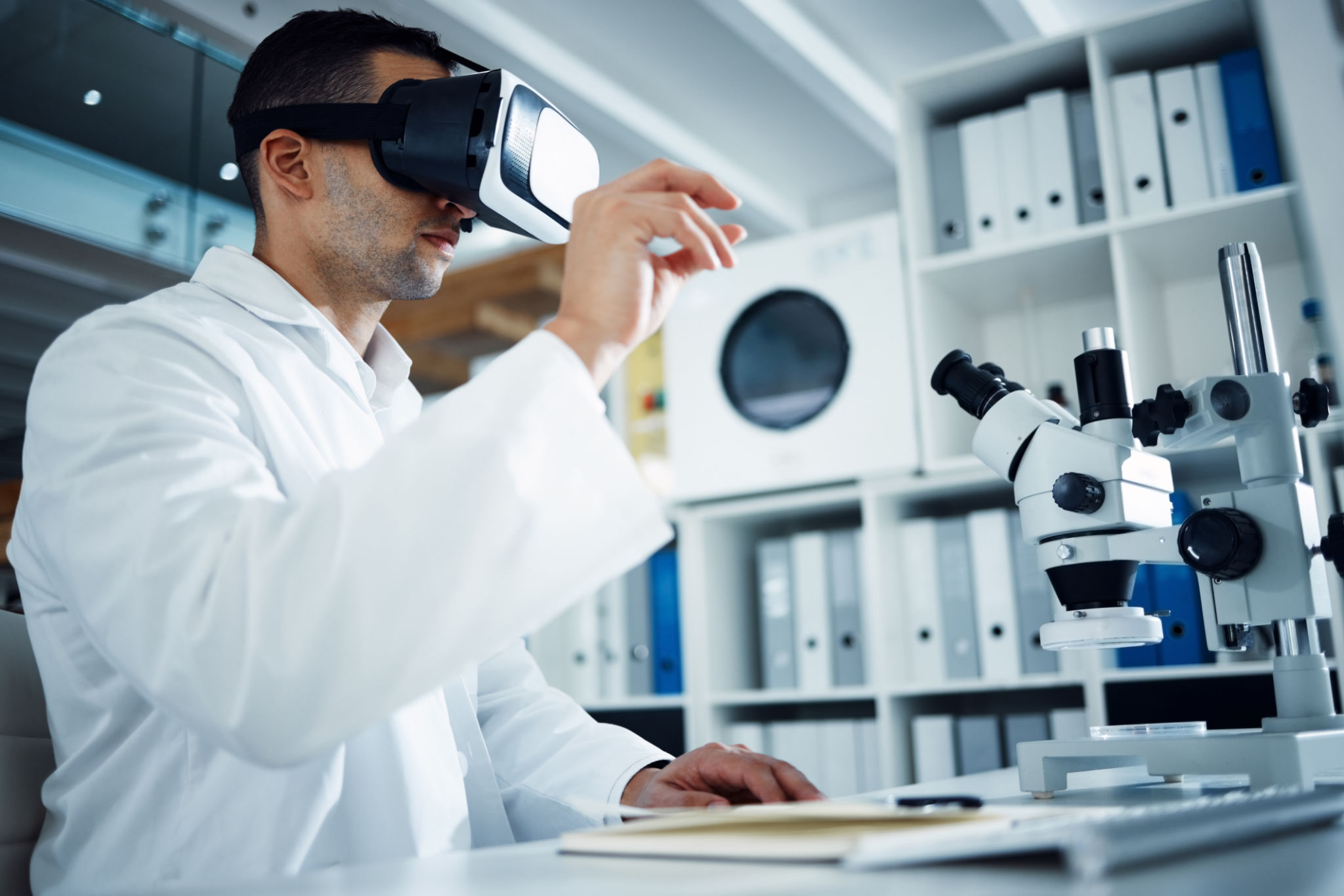Comprehensive Guide to Healthcare Equipment Logistics
Understanding Healthcare Equipment Logistics
Healthcare equipment logistics is a critical component in the healthcare industry, ensuring that all necessary tools and devices are available where and when they are needed. This complex process involves the coordination of various activities, from procurement to delivery and maintenance of equipment. Efficient logistics can be the difference between life and death, making it imperative for healthcare providers to have a robust system in place.

The Importance of Proper Planning
Proper planning in healthcare equipment logistics cannot be overstated. It involves assessing the needs of healthcare facilities, budgeting, and establishing timelines for procurement and delivery. By anticipating these needs effectively, healthcare providers can avoid shortages or delays that could disrupt patient care. Strategic planning also helps in managing costs, allowing facilities to allocate resources more effectively.
Key Components of Equipment Logistics
The logistics process for healthcare equipment can be broken down into several key components:
- Procurement: Sourcing and purchasing the necessary equipment.
- Storage: Ensuring safe and secure storage facilities for equipment.
- Distribution: Efficiently delivering equipment to the required locations.
- Maintenance: Regular servicing and repairs to keep equipment in optimal condition.
Challenges in Healthcare Equipment Logistics
Despite its importance, healthcare equipment logistics faces numerous challenges. One of the primary issues is the lack of standardization across different facilities, which can lead to inefficiencies and increased costs. Additionally, logistical operations are often hampered by regulatory requirements, which can vary significantly between regions and countries.

Another challenge is the rapid advancement of medical technology. As new devices are introduced, logistics systems must be adaptable enough to incorporate these changes without causing disruptions. This requires ongoing training and updates to logistical protocols to ensure seamless integration.
The Role of Technology in Streamlining Logistics
Technology plays a vital role in overcoming many of the challenges associated with healthcare equipment logistics. Advanced tracking systems allow for real-time monitoring of equipment throughout the supply chain, reducing the risk of loss or misplacement. Furthermore, automated inventory management systems can help maintain optimal stock levels, ensuring that equipment is always available when needed.
Best Practices for Efficient Logistics
Implementing best practices is essential for efficient healthcare equipment logistics:
- Regular Audits: Conduct routine checks to ensure compliance with standards and identify areas for improvement.
- Collaboration: Foster strong partnerships with suppliers and logistics providers.
- Continuous Training: Provide ongoing education for staff involved in logistics operations.

The Future of Healthcare Equipment Logistics
The future of healthcare equipment logistics looks promising, with emerging technologies such as AI and IoT set to revolutionize the industry. These advancements will enable more precise demand forecasting, predictive maintenance, and enhanced supply chain visibility. By embracing these innovations, healthcare providers can further enhance their logistical operations, ensuring they remain agile and responsive to changing needs.
In conclusion, comprehensive healthcare equipment logistics is crucial for maintaining effective patient care. By understanding its complexities and implementing strategic measures, healthcare facilities can ensure they are well-prepared to meet the demands of the industry now and in the future.
